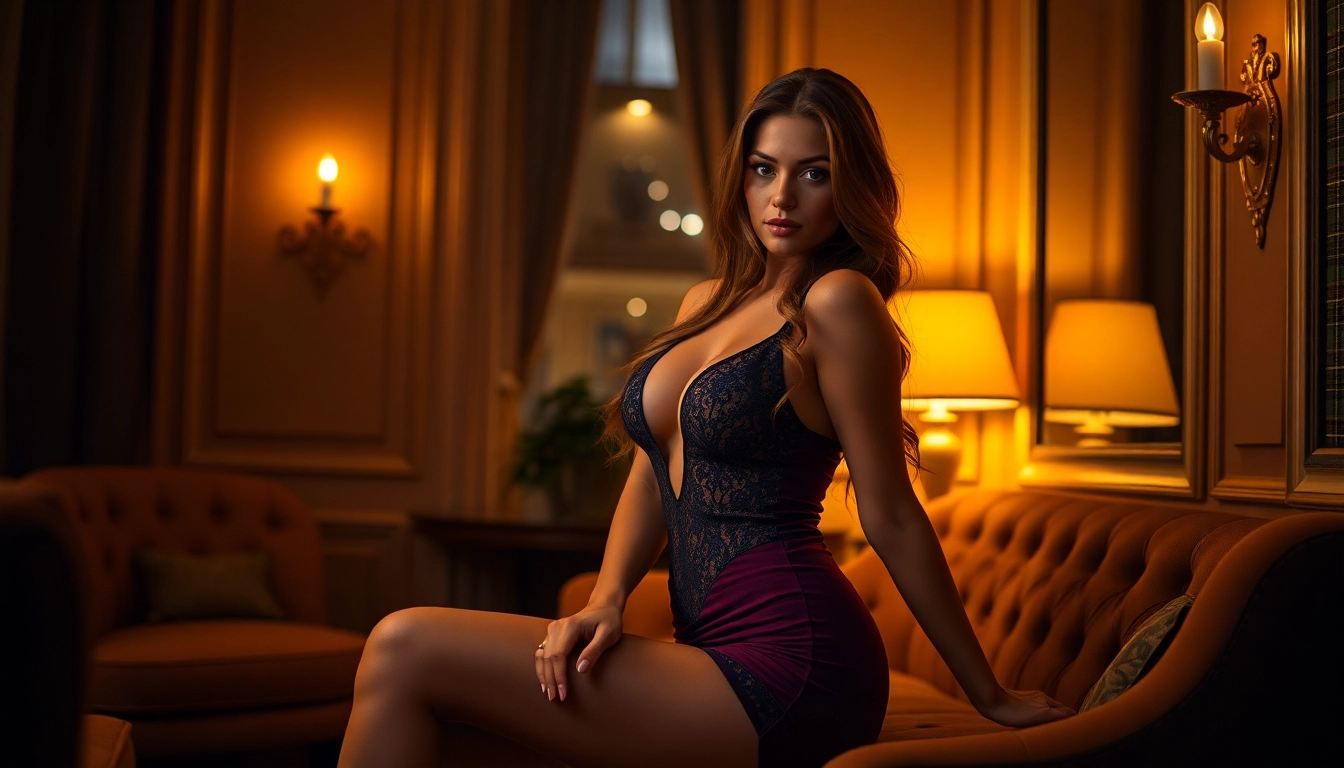Understanding the Role of a Wedding Welcome Sign
First impressions are crucial on your wedding day, and one of the most effective ways to set a warm, inviting tone is with a beautifully designed wedding welcome sign. This charming piece of decor not only guides your guests but also serves as a personal statement of your style and story. A well-crafted welcome sign acts as the first point of greeting, establishing the overall ambiance and excitement for the event. From classic elegant designs to whimsical or modern styles, these signs play an essential role in the visual narrative of your celebration.
According to industry insights and popular wedding planning resources, nearly every couple incorporates a welcome sign into their ceremony or reception, emphasizing its significance. It functions as a tangible symbol of hospitality, bridging the gap between formality and intimacy. Besides aesthetics, it offers practical benefits by directing guests to the correct location or providing important details—all while creating memorable photo opportunities.
Why Every Wedding Needs a Personalized Welcome Sign
Personalization is the hallmark of a memorable wedding welcome sign. Couples today seek to reflect their unique relationship, wedding theme, and personality through their signage. Personalized welcome signs communicate warmth and thoughtfulness, making guests feel special from the moment they arrive.
Studies and customer feedback from top wedding signage providers reveal that a customized sign can significantly enhance the overall decor. It integrates seamlessly with other wedding elements such as flowers, table settings, and lighting, creating a cohesive visual story. Moreover, personalized signs serve as cherished keepsakes for couples and guests alike, often preserved as mementos after the celebration.
Incorporating the couple’s names, wedding date, special messages, or humor on the sign adds a friendly, inviting touch. For example, a sign that reads, “Welcome to our happily ever after – John & Emily, July 15, 2024,” immediately sets a joyful tone while providing essential information.
Key Elements to Include on Your Wedding Welcome Sign
Creating an impactful wedding welcome sign involves thoughtful inclusion of key elements that balance information and aesthetic appeal. These elements help guide guests and showcase your style:
- Names of the Couple: Clearly display the names, often in a prominent, decorative font to establish identity immediately.
- Wedding Date: Including the date helps commemorate the occasion and provides context for photos.
- Greeting Message: Warm phrases like “Welcome,” “Hello,” or “Join Us in Celebration” foster a friendly atmosphere.
- Event Details (Optional): Sometimes, adding directions or schedule snippets enhances guest experience.
- Design Elements: Incorporate motifs, patterns, or illustrations that complement your wedding theme.
Most importantly, ensure the message feels authentic and aligns with your wedding vibe—be it rustic, elegant, modern, or whimsical. Adding personal touches like a favorite quote or a fun tagline can elevate the sign’s appeal.
Common Sizes and Materials for Wedding Signs
Choosing the appropriate size and material for your wedding welcome sign depends on several factors: venue space, visibility goals, budget, and style preferences. Typical sizes include 18×24 inches and 24×36 inches, which strike a balance between readability and aesthetic presence. These sizes are convenient for display stands or hanging setups and are generally lightweight for ease of transportation.
Materials vary from traditional wood and acrylic to fabric, foam board, and metal. Each offers different qualities:
- Wood: Provides a rustic, natural look; durable and customizable with paint or carving.
- Acrylic: Offers a sleek, modern appearance; versatile with options like clear, frosted, or metallic finishes.
- Fabric: Suitable for DIY projects; lightweight and customizable with paint or embroidery.
- Foam Board: Budget-friendly, lightweight, ideal for temporary signage.
Matching the material to your wedding theme ensures coherence and enhances visual harmony.
Design Strategies for an Engaging Wedding Welcome Sign
Choosing Fonts, Colors, and Themes That Reflect Your Style
Designing a captivating wedding welcome sign involves selecting fonts, colors, and themes that embody your personal aesthetic. Font selection is paramount; opt for script fonts for elegance or playful typefaces for a casual vibe. Combining serif and sans-serif fonts can add hierarchy and readability.
Color schemes should mirror your wedding palette—pastels for romantic weddings, bold hues for modern affairs, or muted earth tones for rustic themes. Contrast is key; ensure text stands out against the background. Digital tools like Canva or Adobe Spark can assist in visualizing your design choices.
Incorporating Personal Touches and Custom Artwork
Adding personal elements creates a deeply meaningful sign. Consider custom illustrations of the venue, a favorite flower, or a subtle monogram. Hand-drawn elements or watercolor artwork lend an artisanal charm, while modern graphics can provide a clean, contemporary look.
For DIY enthusiasts, custom calligraphy or watercolor painting can elevate the signage’s uniqueness. Professional designers can incorporate your ideas seamlessly, ensuring quality and consistency.
Tips for DIY vs. Professional Wedding Sign Creations
DIY signage offers cost savings and a personal touch but requires time, skill, and proper tools. Common DIY methods include painting on wood or fabric, designing with graphic software and printing on sturdy materials, or assembling components from craft stores.
Professional sign makers guarantee high-quality finishes, precise typography, and durable materials. They can also provide a broader range of design options, including custom logos, intricate details, and unique finishes like metallic accents.
Evaluate your budget, timeline, and artistic skills when choosing between DIY and professional options. Sometimes, a hybrid approach—creating certain elements yourself and commissioning specialty pieces—yields the best results.
Placement and Visibility of Your Wedding Welcome Sign
Optimal Locations to Display Your Sign at the Venue
Strategic placement is essential for maximizing your welcome sign’s impact. Common locations include the entrance to the ceremony or reception area, where it can instantly greet guests. Indoors, near the main door or at the reception desk works well. Outdoors, position it at the venue entrance, visible from the driveway or parking lot.
Ensure the sign is at eye level for easy viewing and not obstructed by other decor or furniture. Consider the flow of guest movement—placing the sign where it can naturally catch the eye as guests arrive enhances the overall experience.
Lighting and Positioning for Maximum Impact
Proper lighting amplifies visibility and adds ambiance. Use uplighting, fairy lights, orspotlights to highlight the sign, especially in low-light settings or evening events. Positioning the sign at a slight angle can reduce glare and make reading more comfortable.
For outdoor settings, solar-powered or battery-operated light fixtures can brighten the sign without extensive wiring. Avoid placing signs in direct sunlight that may cause glare or reflections, affecting legibility.
Using Stands, Frames, or Hanging Options Effectively
The way you display your sign influences its durability and aesthetic appeal. Freestanding signs with sturdy stands or easels are ideal for outdoor or flexible indoor placement. Framed signs add a polished look and can be moved easily.
Hanging signs work well for venues with beams or designated hanging points; ensure hardware is sturdy. For added stability, especially outdoors, use weights or stakes. Choose display methods that complement your wedding’s overall style and venue constraints.
Enhancing Guest Experience with Your Wedding Sign
Complementary Decor Ideas for a Cohesive Look
Integrate your welcome sign into the broader decor scheme for a cohesive aesthetic. Pair it with floral arrangements, signage for directions, or personalized elements like photo frames or table markers. Using consistent fonts, colors, and motifs across all pieces unifies the visual story.
Seasonal or thematic accents—such as lanterns, greenery, vintage props, or modern geometric shapes—can enhance the sign’s appeal and make it a focal point in your decor setup.
Flexible Wording and Creative Messages
While traditional greetings are popular, consider craftier or heartfelt messages that reflect your personalities. Phrases like “Thanks for Celebrating With Us,” “Love Lives Here,” or humorous quips create engagement and set a fun tone.
Include directions, seating arrangements, or social media hashtags to guide guests and encourage interaction. Keep the message clear, concise, and aligned with your wedding vibe.
Keeping Your Design Inclusive and Clear for All Guests
An effective wedding welcome sign is easily readable by guests of all ages and abilities. Use large, legible fonts, high-contrast colors, and simple language. Avoid clutter and excessive decoration around the text.
Consider multilingual signs if you have diverse guests, and ensure symbols or icons are intuitive. Diversity in signage enhances accessibility and ensures everyone feels welcomed.
Maintaining Durability and Style Throughout the Event
Material Choices for Weather-Resistant Signs
Weather-resistance is critical for outdoor weddings. Opt for materials like acrylic or treated wood, which withstand moisture, wind, and sunlight. Vinyl wraps or laminated surfaces also prolong the life of signs and maintain aesthetics.
For DIY projects or budget-friendly solutions, consider using waterproof paint, sealants, or covers for protection.
Cleaning and Storage Tips for Keepsakes
After the wedding, preserving your signage as a keepsake is common. Gently clean the sign with a soft cloth and appropriate cleaning agents based on the material. Store in a dry, cool space, preferably in acid-free tissue or protective sleeves.
Proper storage ensures the sign remains in pristine condition for future display, such as anniversaries or family memories.
Tips for Customizing Signage for Different Wedding Themes
Adapting your signage style to match your wedding theme enhances visual cohesion. Rustic themes benefit from distressed wood or chalkboard signs, while elegant affairs opt for metallic or acrylic designs with calligraphy.
Incorporate thematic motifs—like seashells for beach weddings or botanicals for garden events—that resonate with your setting. Customization allows your welcome sign to be a true expression of your celebration’s identity.



